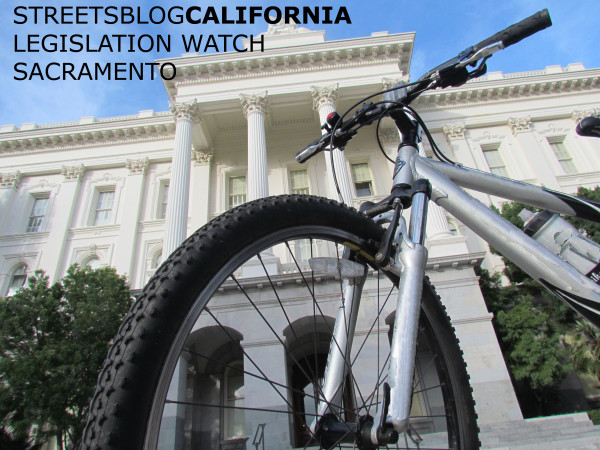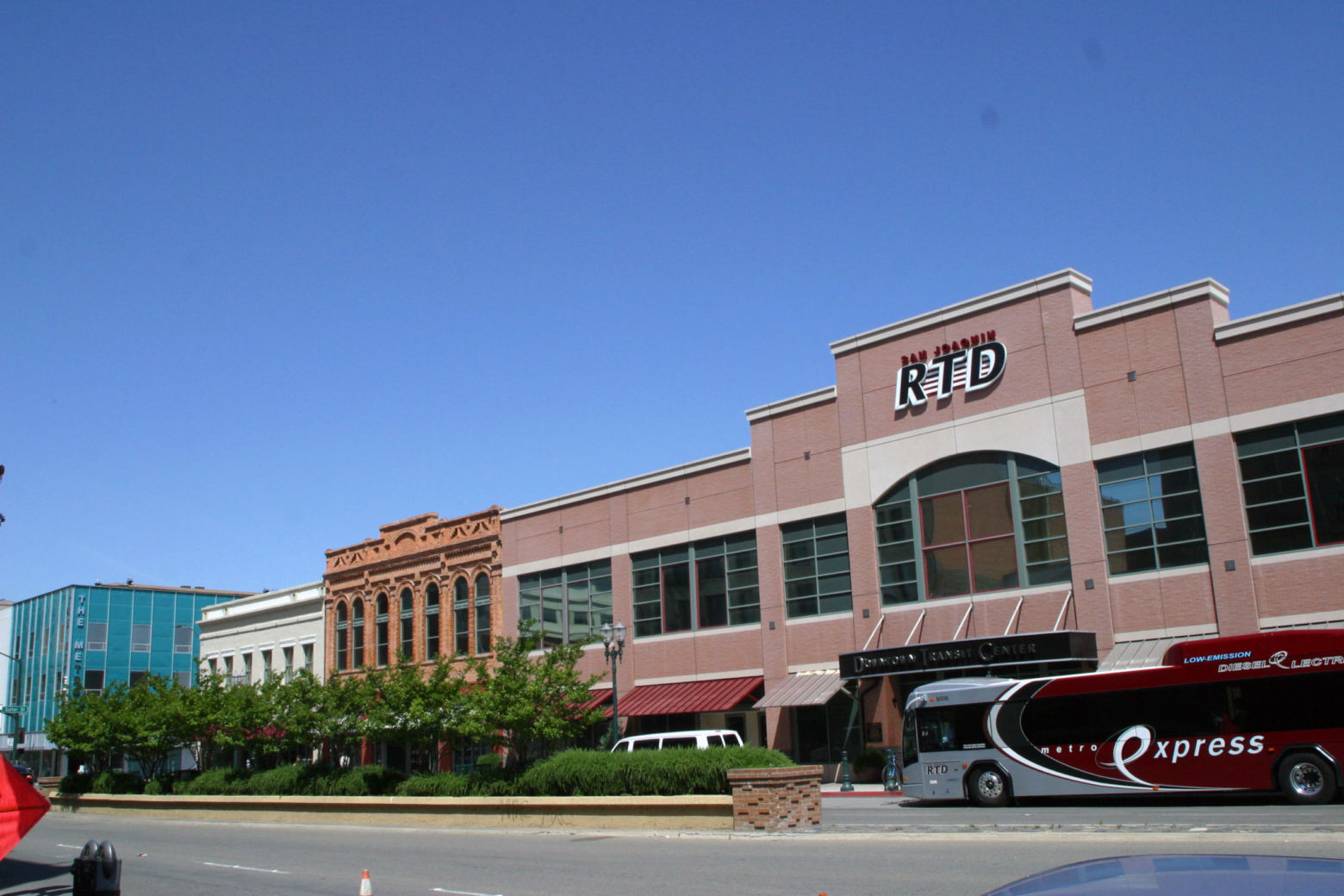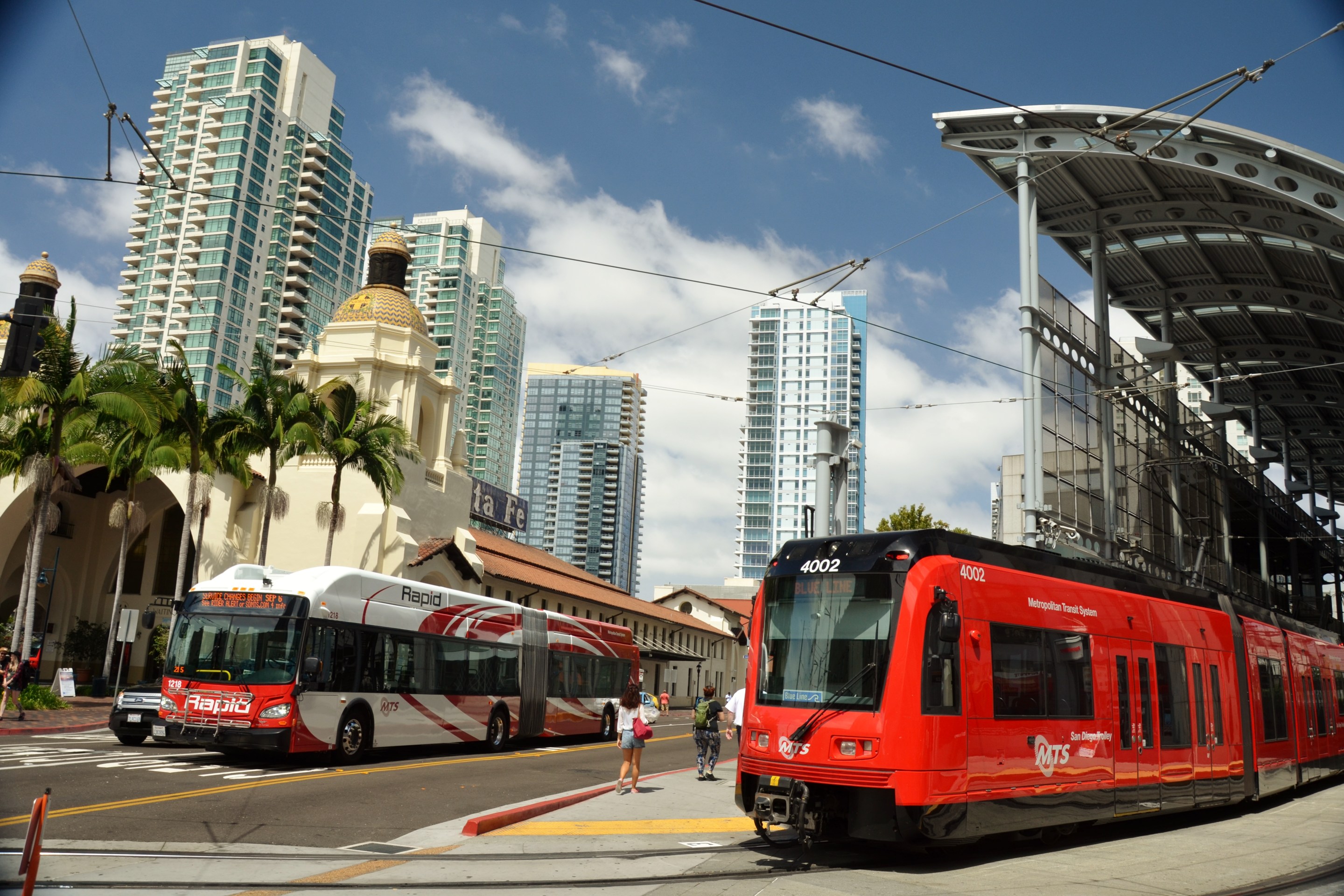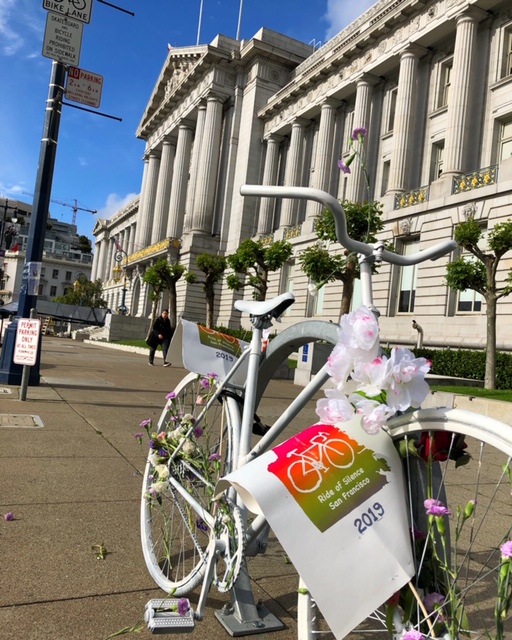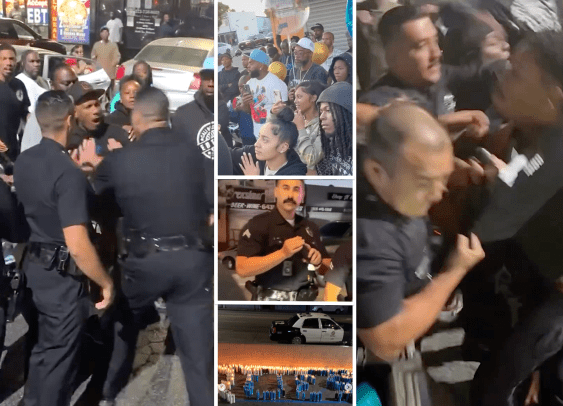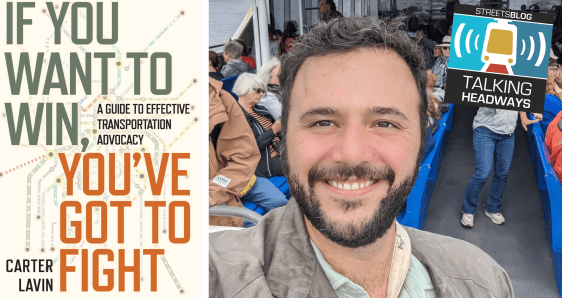Continuing our coverage of bills making their way through the California legislative session, today we're highlighting some bills that we like. Some of these will likely be heard first at the Assembly Transportation Committee this Monday, April 11.
Firstly, the state budget is undergoing its usual complicated negotiation process. It is made more complex because a big chunk of money from the Greenhouse Gas Reduction Fund (GGRF), which was supposed to be allocated last year, has been held hostage by legislative inaction. Therefore this special fund, supplied by the state's cap-and-trade system wherein polluters pay for the privilege of polluting, is growing ever larger and is looking especially juicy and delicious to all kinds of constituents. By law, the money must be used to reduce greenhouse gas emissions, although some people play fast and loose with what that means.
Active transportation advocates argue that biking and walking infrastructure spending is a logical expense for the GGRF. They want legislators to increase allocations to the Active Transportation Program (ATP). The governor has instead proposed creating what he calls a “Low-Carbon Roads” program, but it's unclear what that is exactly, and it's really not clear why it's necessary to create a new program when the Active Transportation Program is already in place—and underfunded.
A bill from Assemblyman Richard Bloom (D-Santa Monica) looks at how the ATP spends its money. Currently most of the ATP goes for infrastructure, which makes sense as the state's historic focus on building for cars has put other travel modes at a disadvantage. But while building stuff—bike lanes, better sidewalks, bus stops, and the like—to encourage biking and walking is crucial, it's just as important that those projects get planned in the right way. It's hard for low-income areas to put together strong plans that have community support on tight budgets and there currently isn't a lot of support for planning in the ATP. The same goes for education and encouragement programs, considered “soft” and not as visible as paths and lanes, but equally crucial if the state wants to shift people out of cars. Bloom's bill, A.B. 2796, would ensure that a percentage of ATP funds go for planning and programming in disadvantaged communities.
Assemblyman Eduardo Garcia (D-Coachella) is trying to change the status quo. His bill, A.B. 2332, acknowledges the ways the state's past highway building efforts have torn apart disadvantaged communities and left them paying the price with their health, something discussed recently by U.S. Transportation Secretary Anthony Foxx. It calls for the two main highway funding programs in California to prioritize maintenance projects in communities that have borne the brunt of highway expansions. It also contains requirements for workforce development agreements to provide those community's members with jobs. This is a bold bill, with strong support from advocacy groups including PolicyLink, the American Heart Association, the California Bicycle Coalition, California Walks, and the Safe Routes to School National Partnership, but it is likely to attract loud and negative attention because it forces Caltrans, the California Transportation Commission, and local and regional governments to make amends for past car-centric planning.
Another bill from Assemblyman Bloom, A.B. 1982, sounds a little obscure but could have profound, if symbolic, effects on the way we think about traffic on our city streets. Currently, cities can use money from the GGRF to “improve” traffic lights by timing them to “smooth” traffic so that drivers going a specific speed don't have to stop at lights. The idea is that less stop-and-go means less emissions—but it also tends to lead to more and faster driving, thus reducing safety for people who aren't in cars and increasing emissions. This bill requires cities who want to use GGRF money for traffic signal timing to set speeds between twelve and fifteen miles per hour, which is the ideal speed for people on bikes—and, by the way, a reasonable speed for cars wherever pedestrians are present.
Assemblyman Chris Holden (D-Pasadena) wrote A.B. 2222 to create a transit pass program for students and residents of affordable housing. Housing developers are discovering that providing lifetime transit passes for their residents is cheaper than building parking; and passes can encourage transit ridership, thus aiding struggling transit agencies and reducing driving. The money for this program would come from the GGRF, another appropriate use of cap-and-trade money.
Other bills to watch include one from Assemblyman Bill Quirk (D-Hayward), A.B. 1785. It clears up language in the vehicle code about when it's okay to use an electronic device like a cell phone. Basically, it would make it illegal to use any electronic device in any way that distracts a driver, period.
A bill from Senator Steve Glazer (D-Orinda) would make permanent a commuter benefits program that offers tax incentives to people who commute by modes other than driving solo. S.B. 1128 deletes the provision in current law that would end those benefits. Rebecca Long of the Metropolitan Transportation Commission testified at the Senate Transportation Committee hearing today that the law has already led to reductions in commute driving trips. The bill also makes some changes to the way bicycle commute costs are allowed as a benefit to make it consistent with federal law. Although that means it gives an employer the option to offer a bike benefit or not, it still provides a way to do so. The bill easily passed today's hearing without opposition.
If you support any of these bills and want your lawmakers to know it, check the California Bicycle Coalition's website for help finding and contacting them.
To keep up with state transportation policy, follow us on Twitter @StreetsblogCal.
